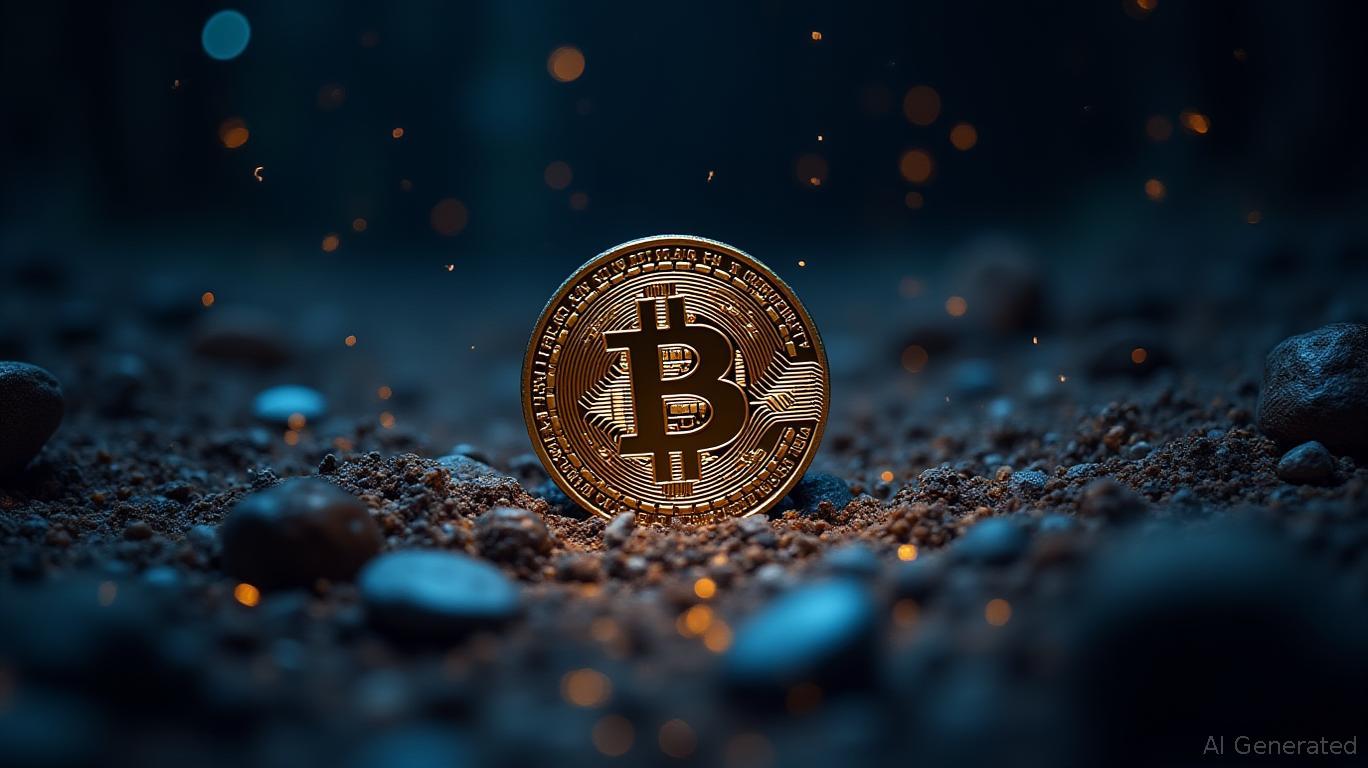AInvest Newsletter
Daily stocks & crypto headlines, free to your inbox
Bitcoin, despite its price hovering around $109,000, is showing signs of significantly reduced on-chain activity. The network’s mempool, which is the queue of unconfirmed transactions waiting to be included in a block, is nearly empty with fewer than 5,000 transactions waiting in line. This is a stark contrast to the over 150,000 transactions seen during Bitcoin’s last major price surge in late 2024.
The mempool is often seen as a real-time indicator of
network usage. When demand is high, the mempool is full of pending transactions, and fees spike. Conversely, when it’s quiet, it indicates that few people are using Bitcoin to send funds or interact with on-chain services. This current state of the mempool suggests low retail activity and weak on-chain demand despite BTC trading above $100,000.Joël Valenzuela, a long-time Bitcoin advocate and marketer, views the current mempool levels as a serious concern. He warns that this could indicate a deeper issue with network sustainability and long-term miner incentives. Valenzuela suggests that the lack of fee-based miner incentives could eventually push Bitcoin toward custodial control by institutions or governments, potentially leading to a network with high valuation but no functional economy behind it.
Joao Wedson, founder of an analytics firm, offers a different perspective. He interprets the empty mempool as evidence that retail traders are largely absent. According to Wedson, when mempool transactions begin to rise again, it’s a clear sign that retail activity is back. Right now, activity is low, and the mempool is almost empty. This mismatch between price and usage has become more visible since March 2025, when mempool levels began hovering between 3,000 and 30,000 transactions, well below historical norms during bullish periods.
Bitcoin’s price strength appears to be driven more by institutional accumulation, ETFs, and speculative derivatives than grassroots activity. While this is not inherently bad, it raises questions about the health of Bitcoin’s decentralized, user-driven foundation. Miner revenue is overwhelmingly reliant on block subsidies, the new Bitcoin issued with each block. As the block subsidy continues and those subsidies shrink, transaction fees are supposed to fill the gap. If network activity doesn’t rise to meet that shift, it could create a sustainability issue for Bitcoin’s security model.

Daily stocks & crypto headlines, free to your inbox
By continuing, I agree to the
Market Data Terms of Service and Privacy Statement
Comments
No comments yet